As the demand for sustainable fashion continues to rise, one material is making waves for all the right reasons: bamboo fabric. Celebrated for its softness, breathability and minimal environmental impact, bamboo is revolutionising the way we think about textiles. But what is bamboo fabric exactly? How is it made, and why is it appearing in everything from T-shirts to socks?
In this guide, we explore how bamboo fabric material is made, where it comes from, and why it’s fast becoming a go-to choice for eco-conscious consumers.
What Is Bamboo Fabric?
Bamboo fabric is a textile made from the pulp of bamboo grass. Falling under the broader category of bamboo cloth material-880, it’s used to create a range of products from underwear to sportswear to loungewear. One of its most popular uses is in bamboo fabric clothing such as socks, thanks to its incredibly soft feel and natural performance benefits.
With sustainability playing a key role in purchasing decisions, clothes made from bamboo fibre are gaining popularity in both everyday basics and more premium items.
Key Features of Bamboo Fabric
So what makes bamboo fibre fabric so desirable compared to conventional materials like cotton or polyester? The answer lies in a range of unique benefits:
Eco-Friendliness
Bamboo is a renewable and fast-growing plant. In the right conditions, it can grow up to a metre per day. It requires no fertilisers, no pesticides, and very little water, making it a much more sustainable option than water-intensive crops like cotton.
Softness & Comfort
Bamboo fabric is famously soft — often likened to cashmere or silk. This luxurious feel is why many prefer bamboo fabric clothing for items like underwear, loungewear and socks made from bamboo.
Breathability & Moisture-Wicking
The structure of bamboo fabric material allows it to wick away moisture from the skin, keeping you cool and dry throughout the day. These thermo-regulating qualities make bamboo sports socks a fantastic option for anyone seeking performance with comfort.
Antibacterial & Odour-Resistant
Thanks to a natural compound called “bamboo kun”, bamboo fibres have antibacterial and antifungal properties. This makes clothes made from bamboo fibre ideal for staying fresher for longer — even during intense wear.
How Is Bamboo Fabric Made?
To understand how bamboo fabric is made, it’s helpful to break down the process into three key stages:
1. Harvesting Bamboo
The process starts with harvesting mature bamboo stalks, typically aged 3–5 years. These are usually sourced from sustainably managed forests in Asia — particularly China, the global leader in bamboo production.
2. Processing Methods
Next, the bamboo must be turned into fibre. There are two common processing methods:
-
Mechanical Processing (Bamboo Linen): This method involves crushing the bamboo and using natural enzymes to break it down. The fibres are then combed and spun into yarn. This produces a coarser, linen-like texture and is considered the most eco-friendly option.
-
Chemical Processing (Bamboo Viscose or Rayon): Here, the bamboo is broken down in a chemical solution to form a pulp, which is then extruded into fibres. While efficient and widely used, this method can raise environmental concerns unless done in a closed-loop system that recycles chemicals and water.
Understanding how bamboo is turned into fabric is key to making responsible choices, especially when selecting bamboo fabric clothing.
3. Spinning and Weaving
Once processed, the fibres are spun into yarn and woven into fabric. This is where the material takes shape for use in garments — from shirts and leggings to the best men’s bamboo socks UK customers love for their combination of performance and comfort.
Where Is Bamboo Fabric Produced?
The vast majority of the world’s bamboo fabric is produced in China, where both the raw material and manufacturing expertise are abundant. Other countries including India, Pakistan and Vietnam also contribute to the growing global supply of bamboo cloth material-880 and textiles.
What Different Types of Bamboo Fabric Are There?
Not all bamboo fabrics are created equal. Here are the most common types:
-
Bamboo Viscose (Rayon): Widely used and very soft, though it’s chemically processed.
-
Bamboo Modal: A stronger, smoother version of viscose, often used in underwear and activewear.
-
Bamboo Lyocell (e.g. TENCEL™): Made using a closed-loop system that recycles solvents. The most sustainable chemical method.
-
Bamboo Linen: The most eco-friendly option, mechanically processed with no chemicals, though coarser in texture and more expensive.
For truly sustainable bamboo fabric clothing, look for garments made using Lyocell or mechanically processed bamboo.
How Does Bamboo Fabric Impact the Environment?
Benefits
Compared to traditional fibres like cotton and polyester, bamboo has a much lower environmental footprint:
-
Low Water Use: Bamboo uses significantly less water than cotton, making it a more drought-friendly crop.
-
No Pesticides or Fertilisers: Naturally pest-resistant, bamboo doesn’t require chemicals that damage ecosystems.
-
Carbon Absorption: Bamboo absorbs 5x more carbon dioxide and produces 35% more oxygen than trees, making it a carbon-negative material in the right conditions.
Concerns
-
Deforestation for Plantations: As the demand for bamboo fabric material grows, there’s increasing pressure to replace natural forests with monoculture bamboo plantations. Responsible sourcing is critical.
-
Chemical Processing: If bamboo is processed irresponsibly, especially in viscose form, it can involve harmful solvents. Always look for brands that use certified closed-loop processes.
When assessing how bamboo fabric is made, it’s essential to consider both the benefits and potential drawbacks.
Conclusion
So, what is bamboo fabric? It’s a soft, breathable, eco-friendly material that’s changing the way we think about sustainable fashion. From harvesting to processing and final production, bamboo fibre fabric offers impressive environmental advantages and practical benefits — especially in garments like bamboo sports socks or the best men’s bamboo socks UK shoppers rely on.
Understanding how bamboo clothes are made empowers consumers to make informed, planet-friendly choices. When sourced and manufactured responsibly, bamboo fabric clothing is a win for you — and for the Earth.






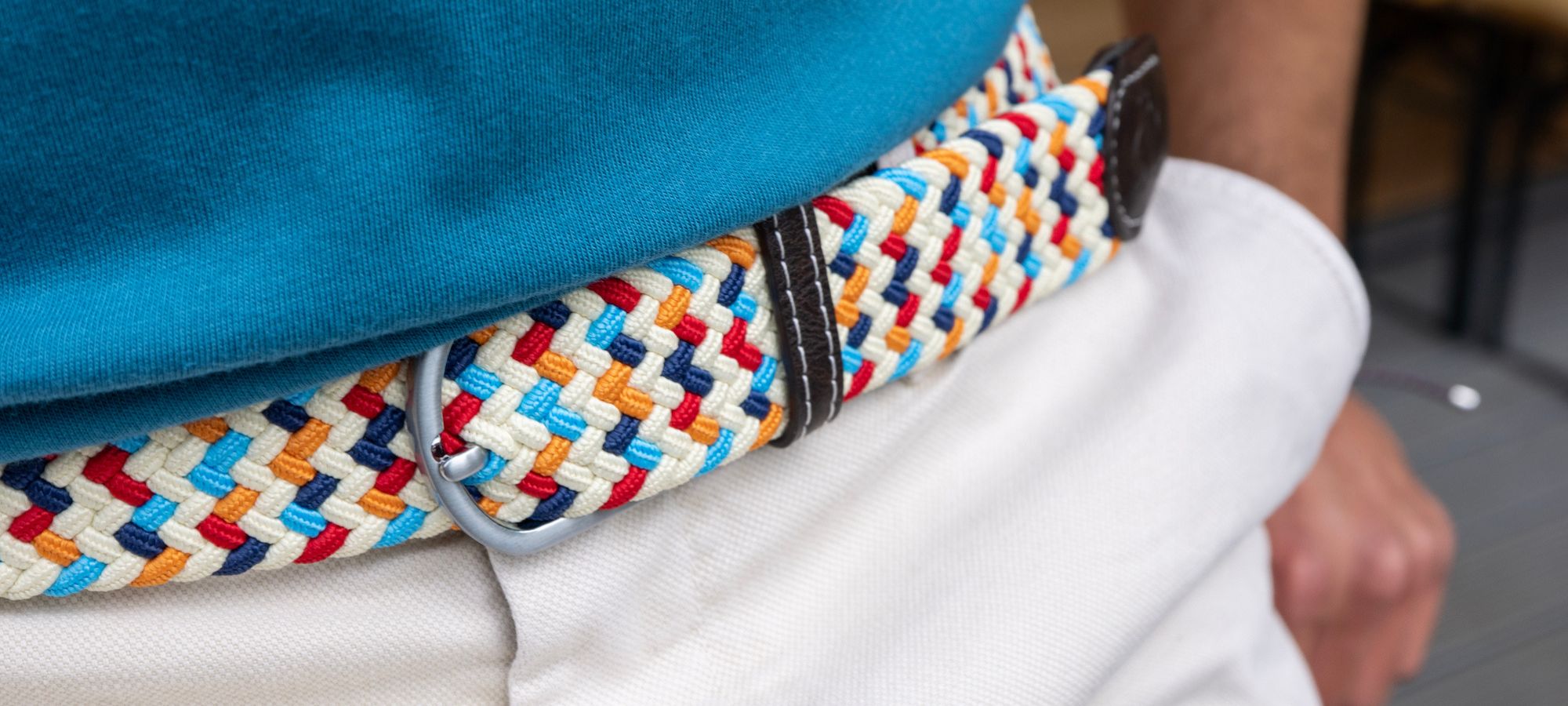
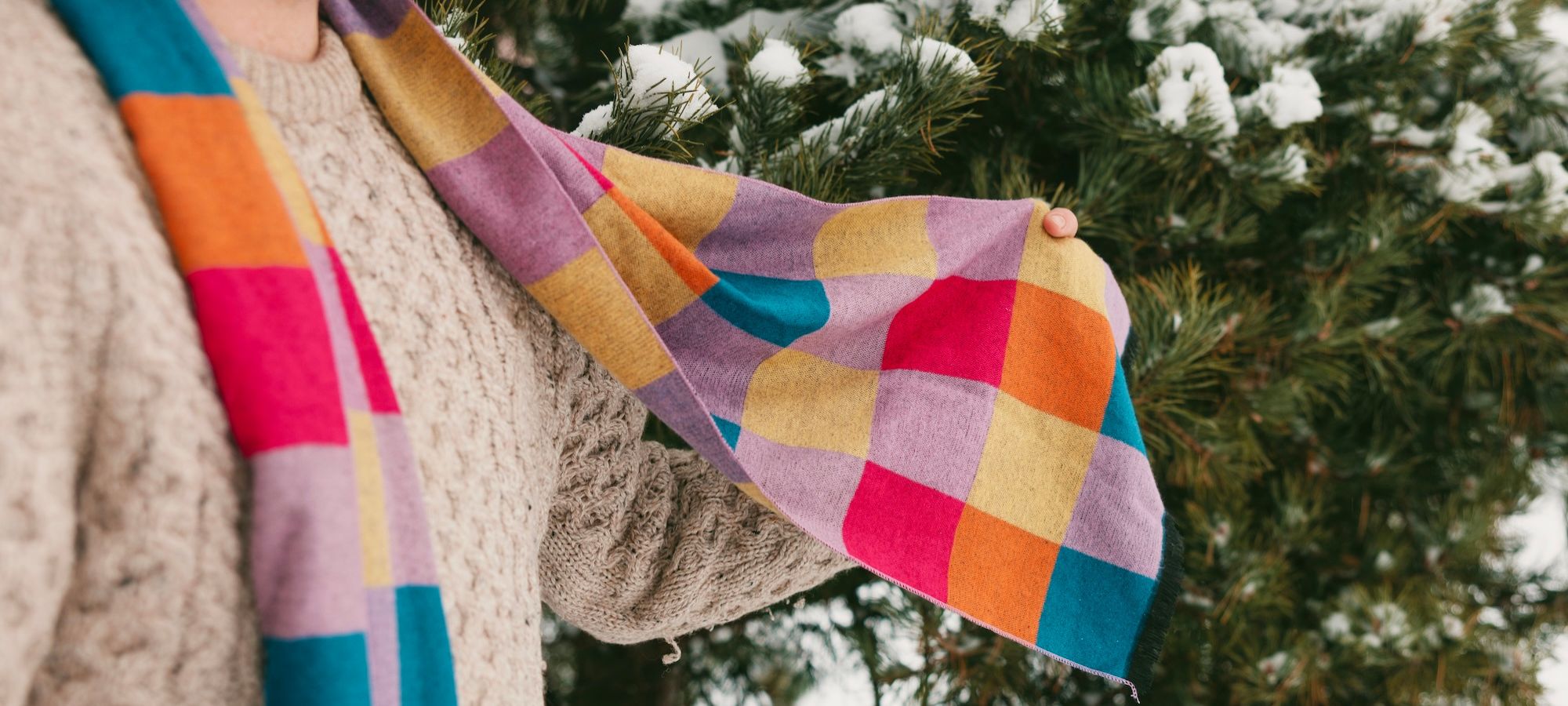
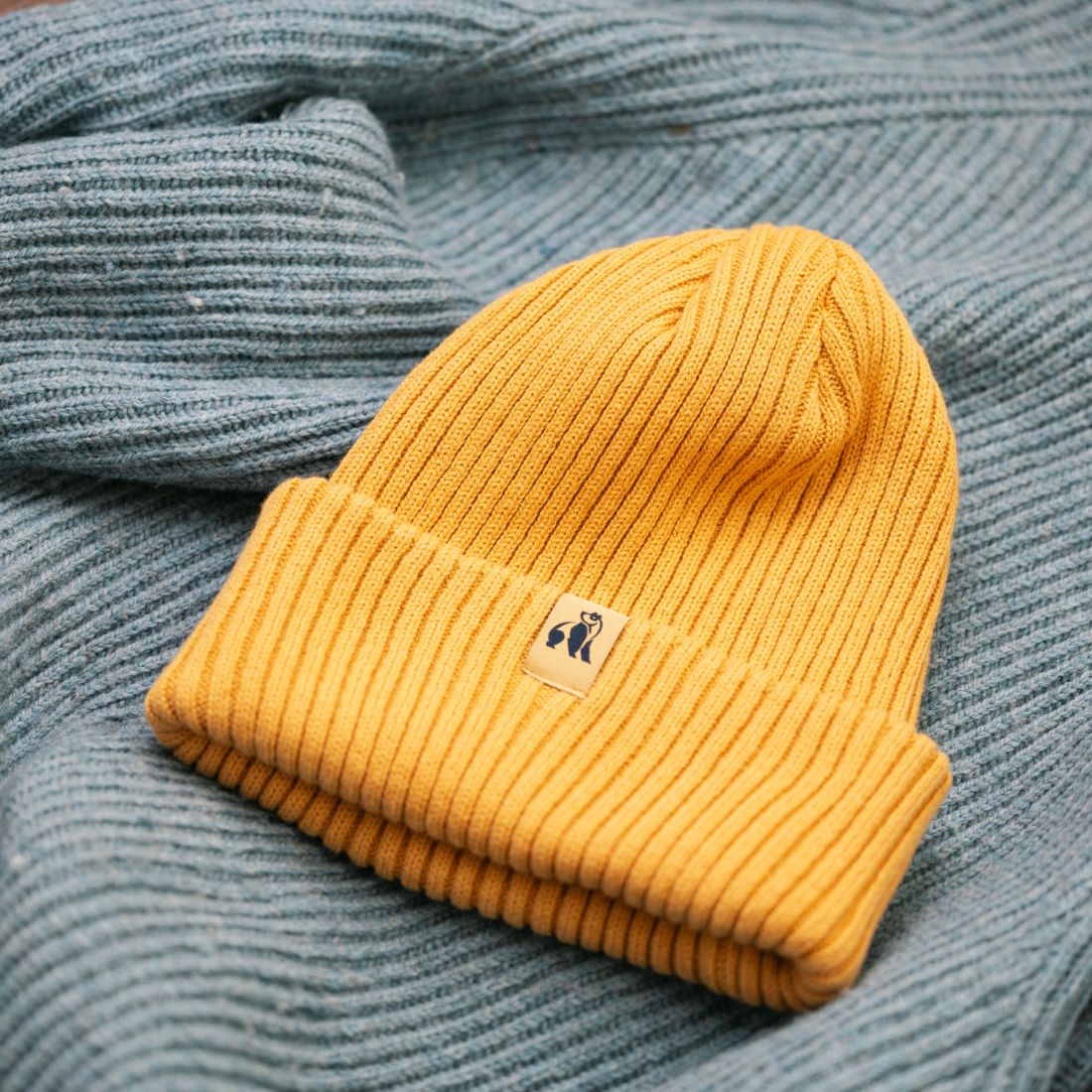
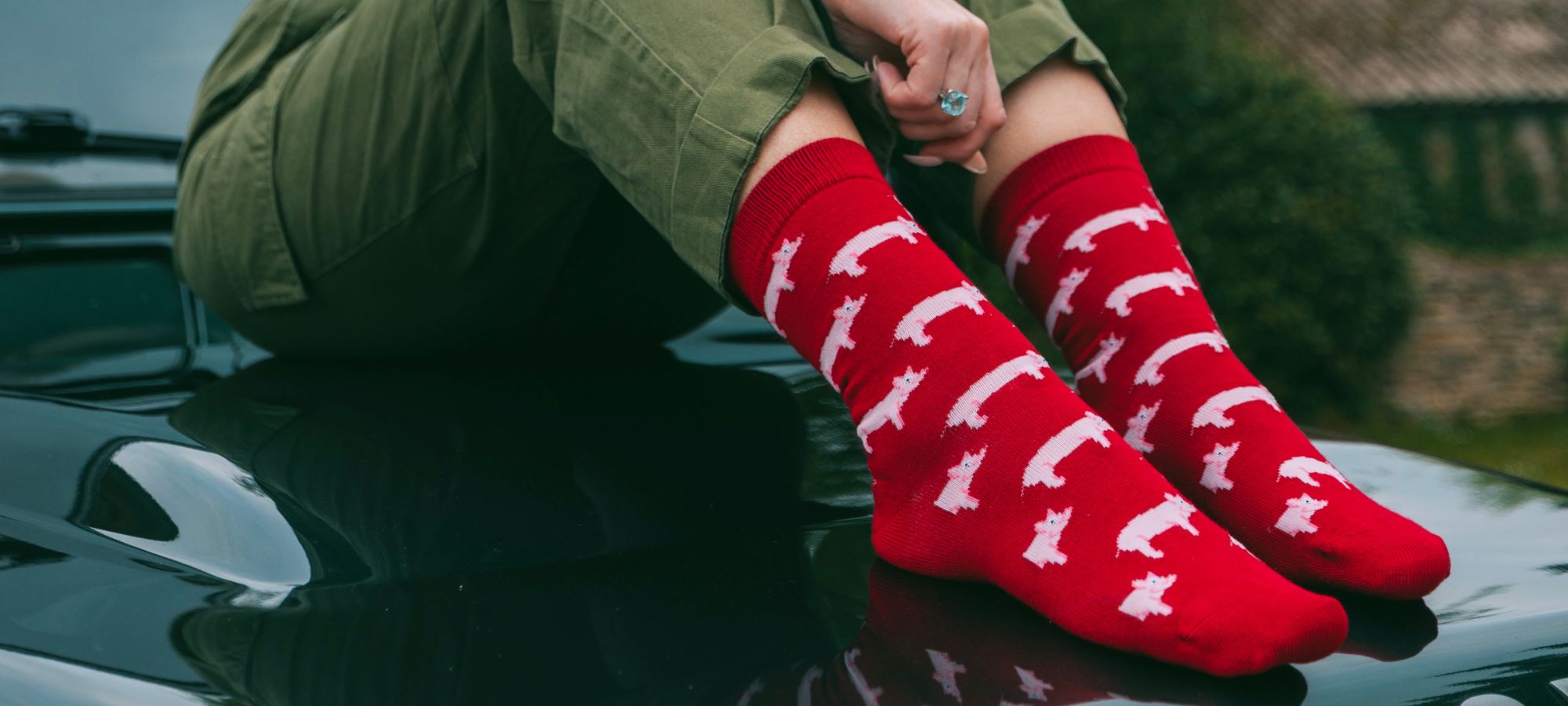

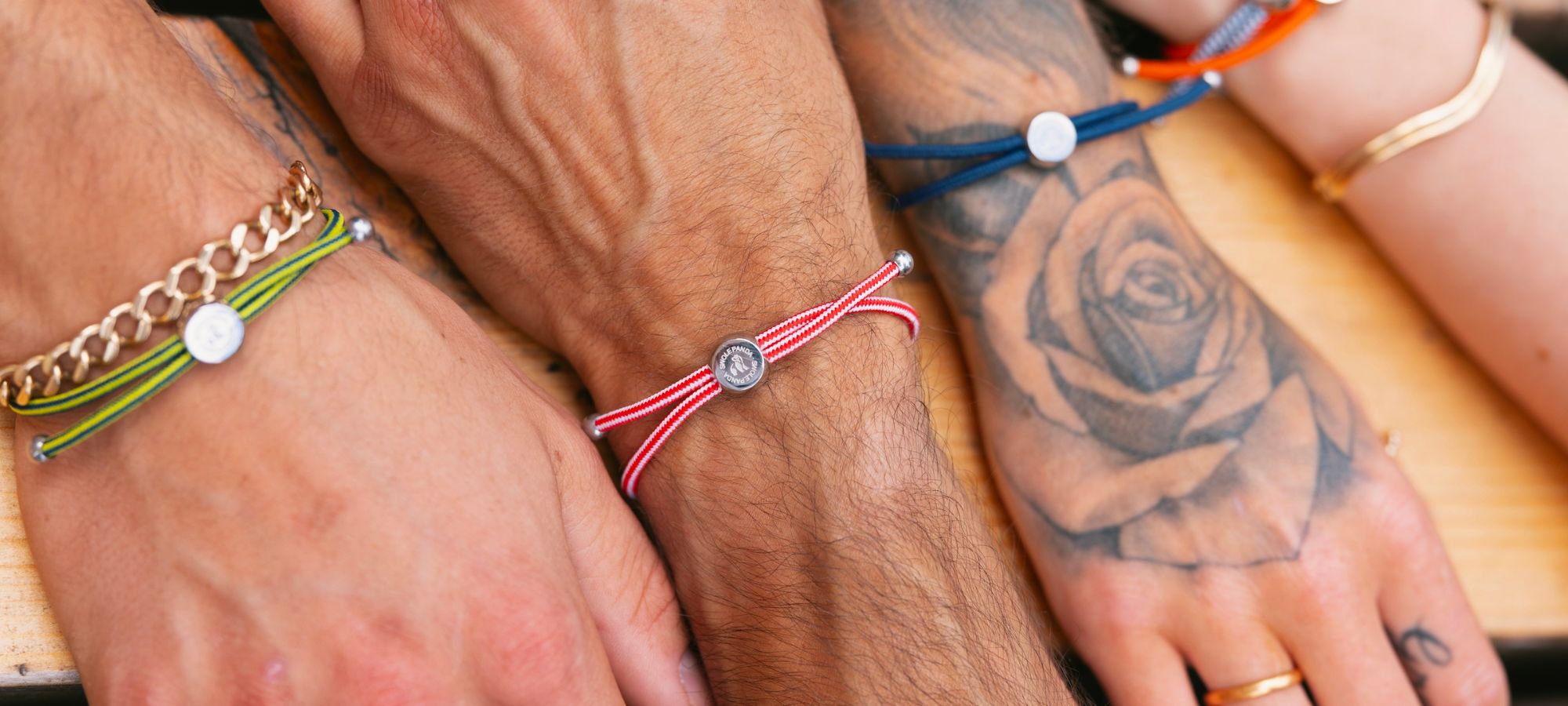
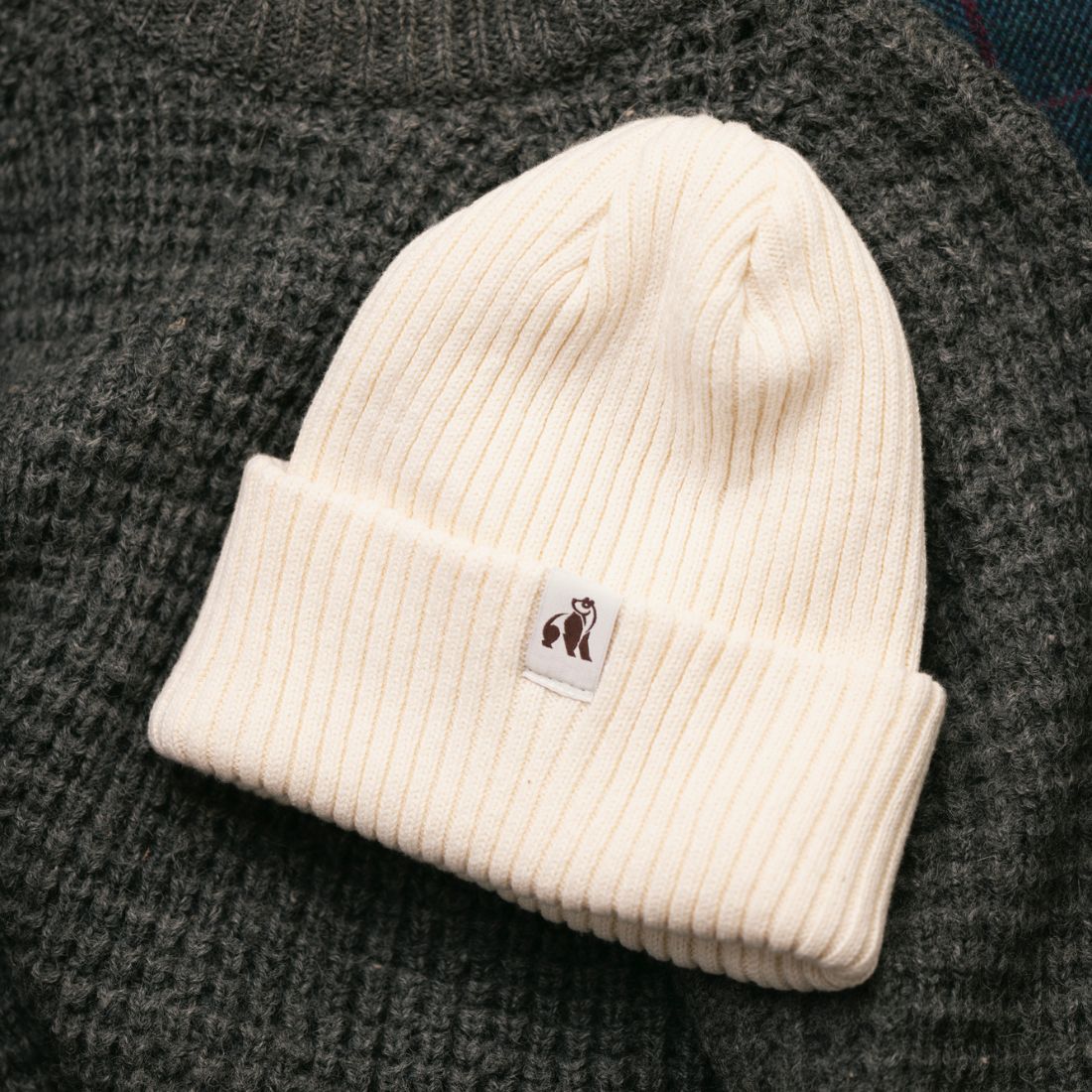

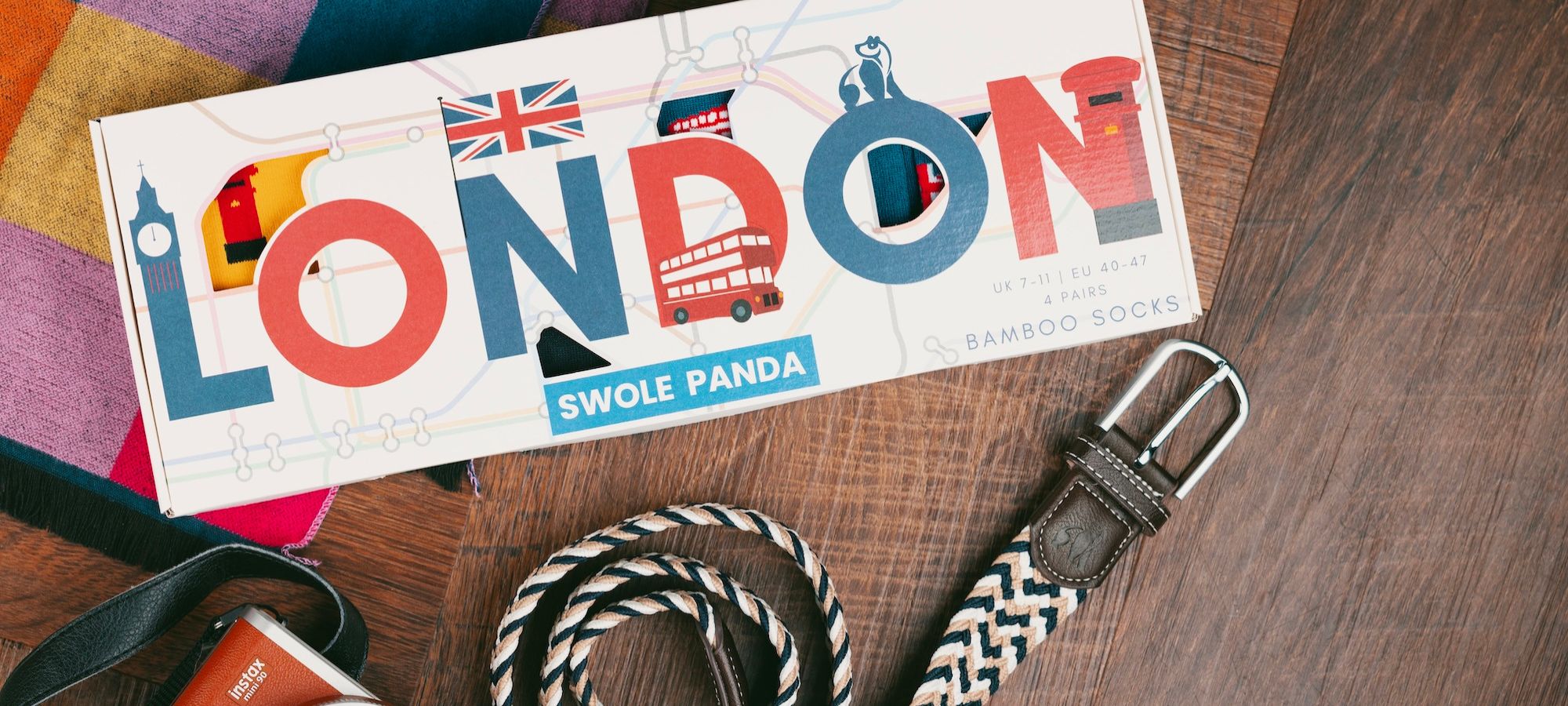
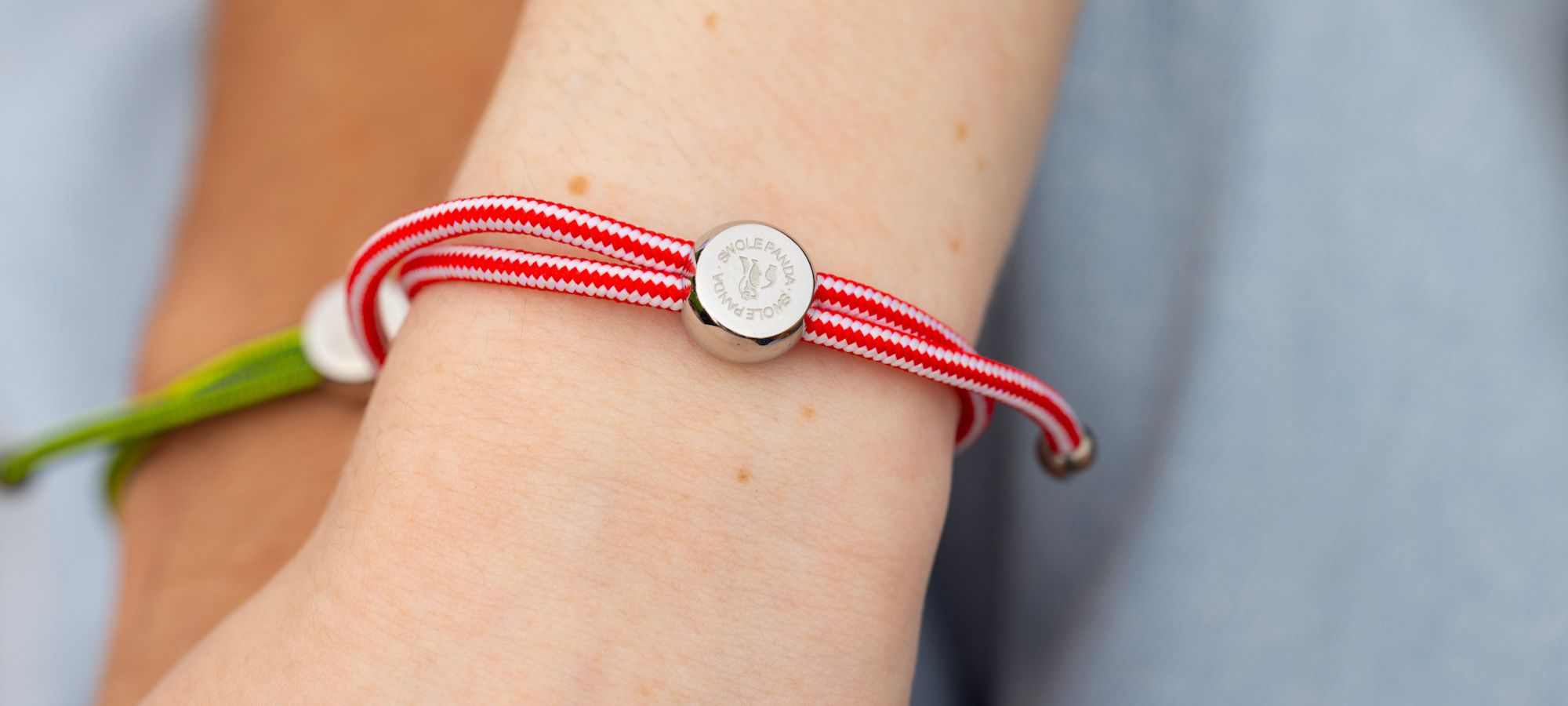
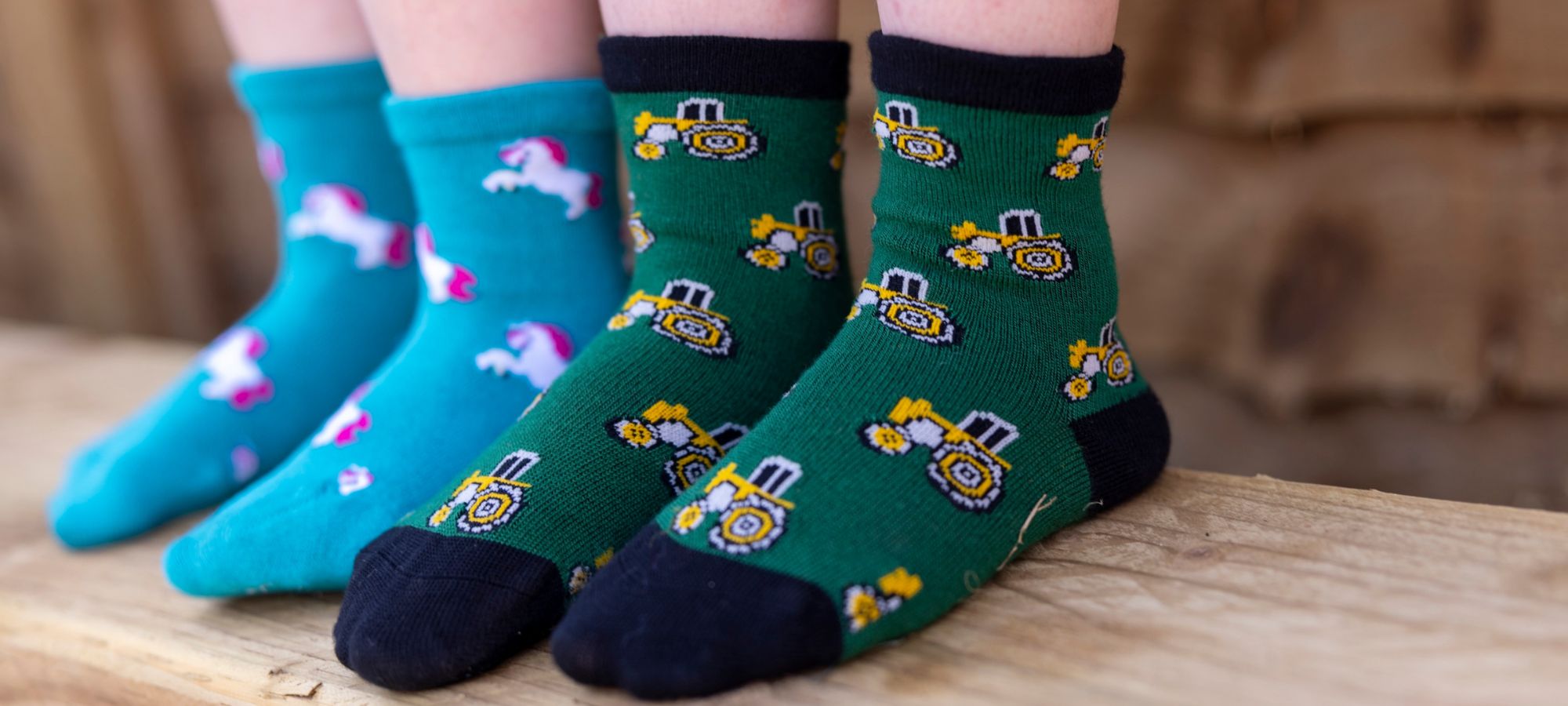
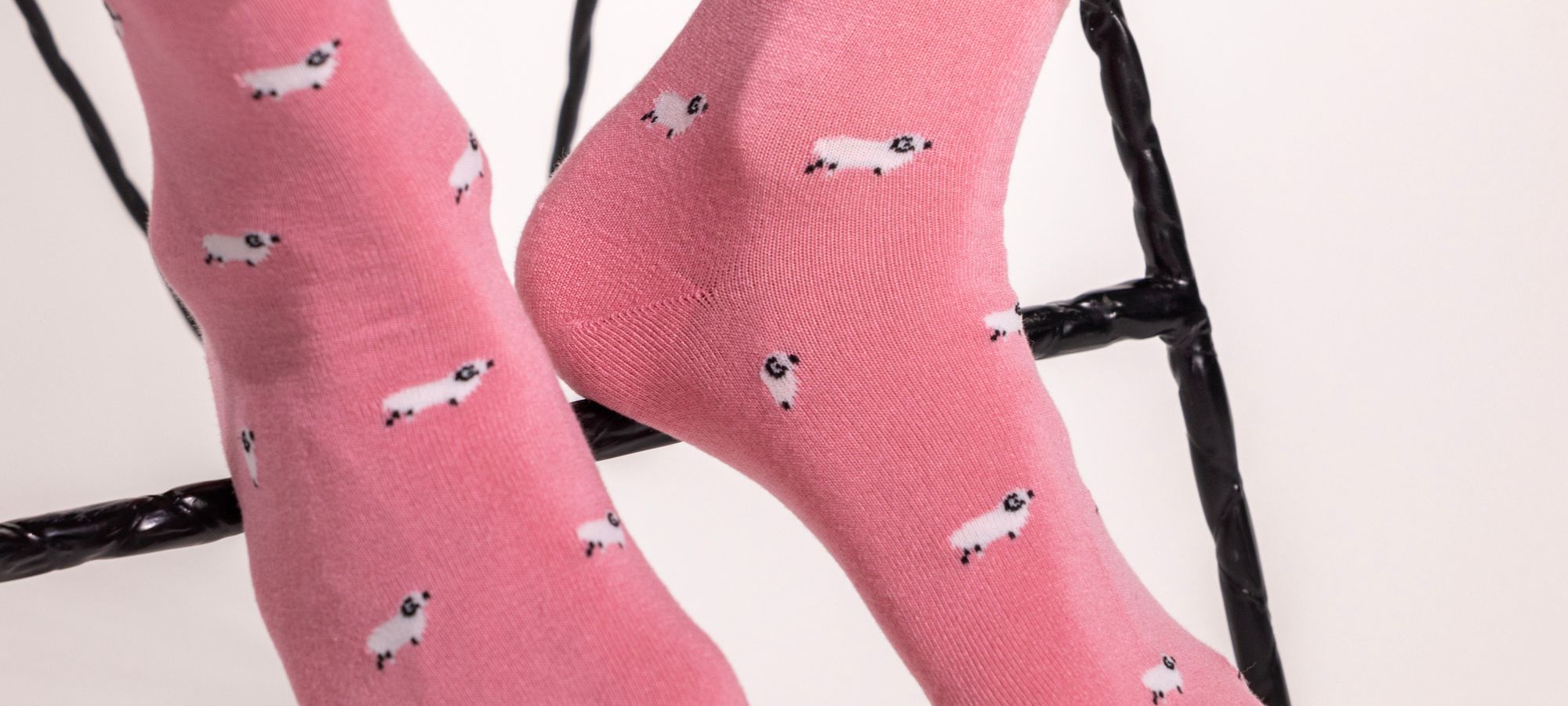

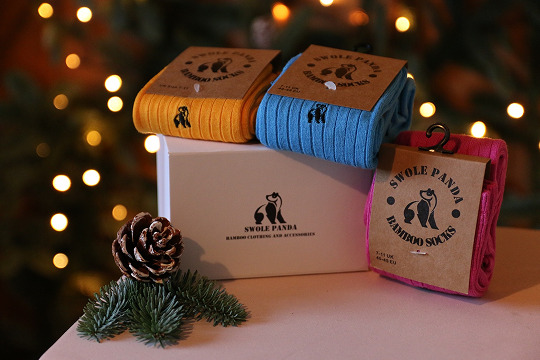





















Leave a comment